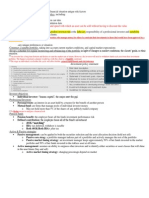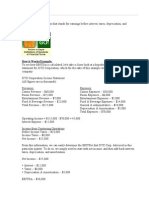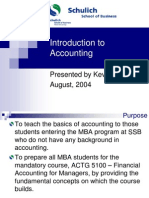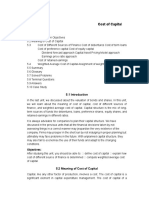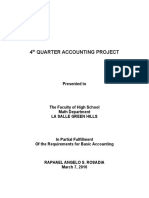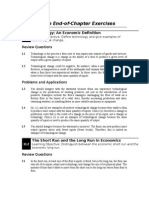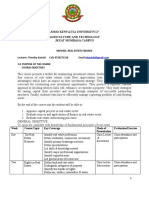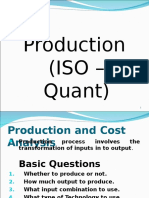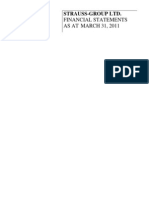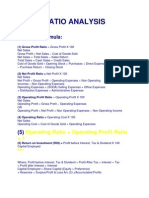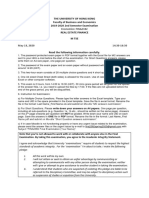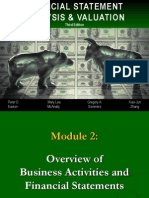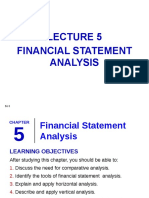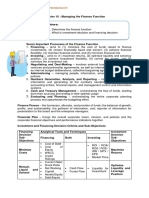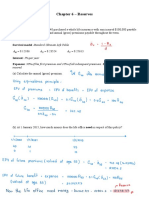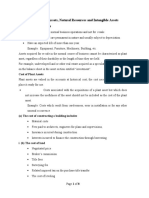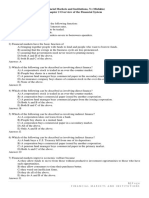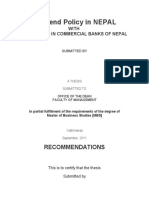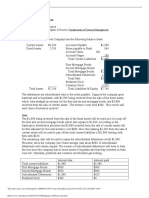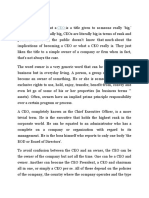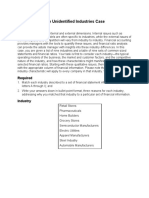0% found this document useful (0 votes)
342 views3 pagesLecture 1 - Fundamentals and Accounting Cycle
This document discusses the fundamentals of accounting. It defines accounting as recording, classifying, and summarizing financial transactions and events. It outlines key concepts like the accounting equation, accounting principles, elements of financial statements including assets, liabilities, and equity. It also describes the accounting cycle which involves identifying, recording, and reporting transactions, then adjusting and closing books at the end of a period.
Uploaded by
coyCopyright
© © All Rights Reserved
We take content rights seriously. If you suspect this is your content, claim it here.
Available Formats
Download as DOCX, PDF, TXT or read online on Scribd
0% found this document useful (0 votes)
342 views3 pagesLecture 1 - Fundamentals and Accounting Cycle
This document discusses the fundamentals of accounting. It defines accounting as recording, classifying, and summarizing financial transactions and events. It outlines key concepts like the accounting equation, accounting principles, elements of financial statements including assets, liabilities, and equity. It also describes the accounting cycle which involves identifying, recording, and reporting transactions, then adjusting and closing books at the end of a period.
Uploaded by
coyCopyright
© © All Rights Reserved
We take content rights seriously. If you suspect this is your content, claim it here.
Available Formats
Download as DOCX, PDF, TXT or read online on Scribd
/ 3





